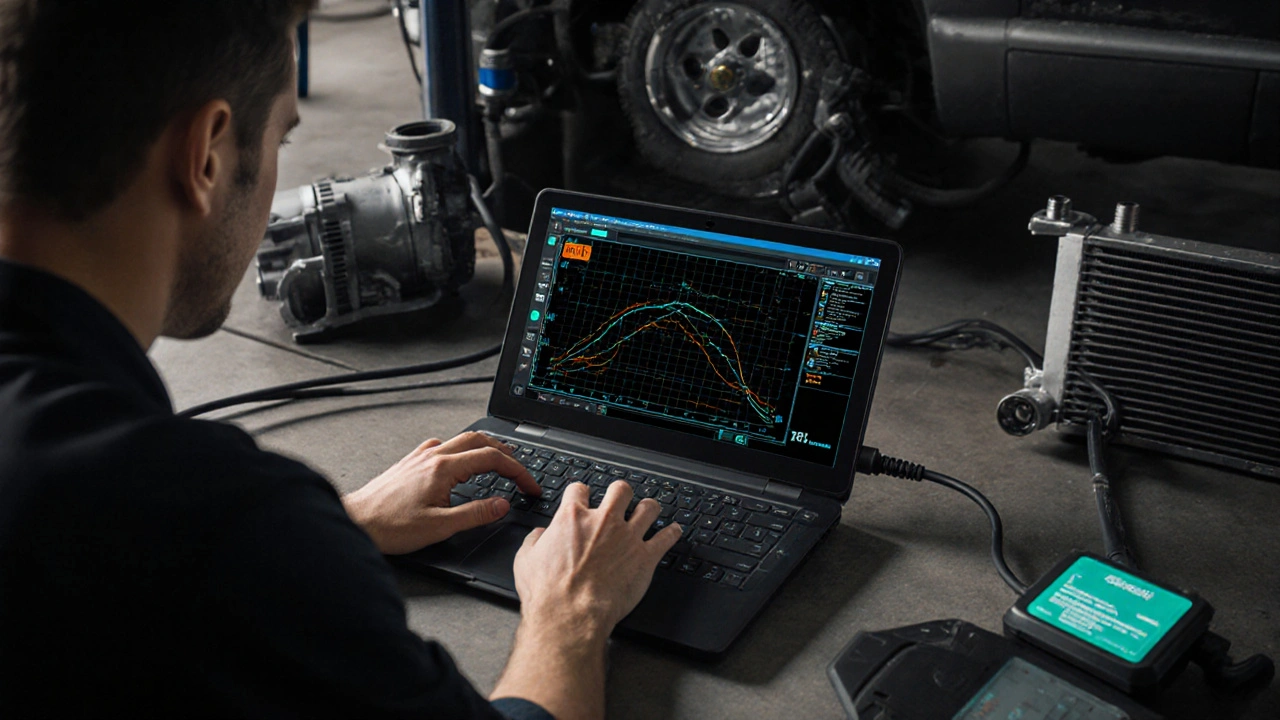Line Pressure: What It Is and Why It Matters for Your Car's Transmission
When your car shifts gears, line pressure, the hydraulic force that controls gear engagement in an automatic transmission. Also known as transmission line pressure, it’s the invisible force that tells your transmission when and how hard to engage each gear. Without the right line pressure, your car won’t shift smoothly—maybe it hesitates, slips, or slams into gear. It’s not just about fluid levels; it’s about the system pushing that fluid at the exact right force to make everything work.
Line pressure doesn’t work alone. It’s tied to the transmission fluid, the hydraulic medium that transfers force within the transmission, the hydraulic system, the network of valves, pumps, and passages that direct fluid under pressure, and the automatic transmission, the complex mechanism that changes gears without driver input. If the fluid is old or dirty, pressure drops. If a valve is clogged, pressure spikes. If the pump is failing, pressure won’t build at all. These aren’t separate problems—they’re all parts of the same system. And when one fails, the others feel it.
Most drivers never think about line pressure until something breaks. But the signs are there: delayed shifts, harsh gear changes, or a transmission that feels like it’s struggling. A simple pressure test can reveal if your system is running too low or too high. And fixing it early? That’s way cheaper than replacing a transmission. The posts below cover real-world cases where line pressure issues showed up in everyday driving—from pickup trucks hauling heavy loads to sedans with worn-out valves. You’ll find guides on checking fluid, diagnosing pressure problems, and knowing when it’s time to get professional help. No jargon. No guesswork. Just what actually matters for keeping your transmission alive.

Transmission Tuning: Shift Points, Pressure, and Longevity
- 11 Comments
- Oct, 8 2025
Transmission tuning isn't about harder shifts-it's about balancing shift points, line pressure, and heat to extend transmission life. Learn how to tune safely for power and longevity.




